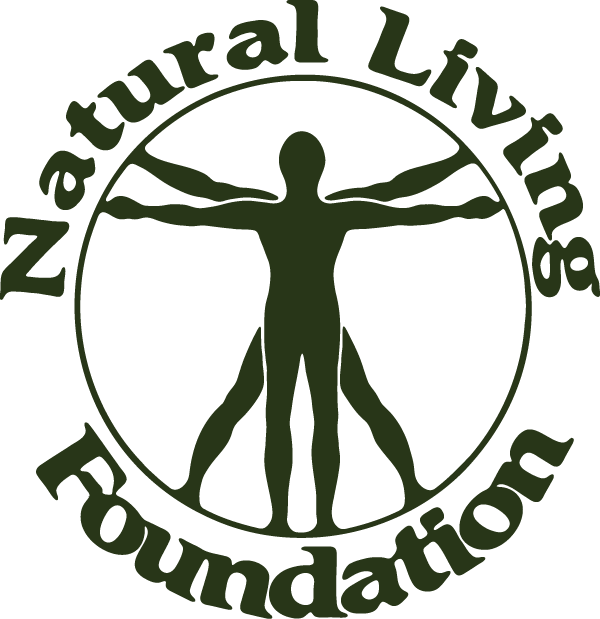Lower back pain and sciatica can make getting a good night’s sleep feel like an impossible dream. The throbbing discomfort, radiating pain, or numbness can keep you tossing and turning, leaving you exhausted and frustrated. At Natural Living Foundation, we believe in holistic approaches to wellness that empower you to live pain-free naturally. In this guide, we’ll explore practical, natural strategies to help you sleep better with lower back pain and sciatica, so you can wake up refreshed and ready to embrace your day.
Whether you’re dealing with chronic lower back pain, sciatica flare-ups, or both, finding the right sleep position, optimizing your sleep environment, and incorporating gentle lifestyle changes can make a world of difference. Let’s dive into how to achieve restful sleep while managing these conditions.
Understanding Lower Back Pain and Sciatica
Before we explore sleep solutions, let’s clarify what lower back pain and sciatica are and why they disrupt sleep.
- Lower Back Pain: This common condition can stem from muscle strain, poor posture, herniated discs, arthritis, or other spinal issues. It often worsens at night due to prolonged stillness or improper sleeping positions that strain the spine.
- Sciatica: Sciatica refers to pain that radiates along the sciatic nerve, which runs from the lower back through the hips, buttocks, and down each leg. It’s typically caused by a herniated disc, bone spur, or spinal stenosis compressing the nerve. Sciatica pain can feel like a sharp, burning sensation or numbness, making it hard to find a comfortable position.
Both conditions can intensify at night, as lying down may increase pressure on the spine or nerves. The key to better sleep lies in reducing this pressure, supporting your body’s natural alignment, and calming inflammation through natural methods.
Why Sleep Matters for Lower Back Pain and Sciatica
Quality sleep is essential for healing and managing pain. During sleep, your body repairs tissues, reduces inflammation, and restores energy. Poor sleep, on the other hand, can increase pain sensitivity, elevate stress, and slow recovery. By optimizing how you sleep with lower back pain and sciatica, you’re not just improving rest—you’re supporting your body’s natural healing process.
Here are actionable tips to help you sleep better, naturally.
Find the Best Sleep Position for Lower Back Pain and Sciatica
Your sleep position plays a critical role in relieving pressure on your spine and sciatic nerve. Here are the most effective positions to try:
Sleep on Your Back with Support
Why it helps: Sleeping on your back distributes your body weight evenly, keeping your spine in a neutral alignment. It minimizes strain on your lower back and reduces nerve compression.
How to do it:
- Place a pillow under your knees to maintain the natural curve of your lower back.
- Use a thin pillow or rolled towel under your lower back for extra support.
- Choose a medium-firm pillow for your head to keep your neck aligned with your spine.
- Tip: Avoid thick pillows that tilt your head forward, as this can strain your neck and upper back.
Sleep on Your Side with a Pillow Between Your Knees
Why it helps: Side-sleeping with proper support aligns your hips and spine, reducing pressure on the sciatic nerve. This position is especially helpful for sciatica pain that radiates down one leg.
How to do it:
- Lie on your side with your knees slightly bent.
- Place a firm pillow between your knees to keep your hips aligned and prevent your top leg from pulling your spine out of alignment.
- Hug a body pillow to support your upper body and reduce twisting.
- Tip: If you feel discomfort on one side, try sleeping on the opposite side of the painful leg to minimize nerve irritation.
Try the Fetal Position
Why it helps: Curling into a gentle fetal position opens up the spaces between your vertebrae, which can relieve pressure on pinched nerves or herniated discs.
How to do it:
- Lie on your side and gently curl your knees toward your chest.
- Keep your back slightly rounded, not overly hunched.
- Place a pillow between your knees for added comfort.
- Tip: Alternate sides to avoid muscle imbalances.
Avoid Stomach Sleeping
Sleeping on your stomach can strain your lower back by exaggerating the spine’s natural curve and putting pressure on the sciatic nerve. If you must sleep on your stomach, place a thin pillow under your pelvis to reduce strain, but aim to transition to back or side sleeping for long-term relief.
Optimize Your Sleep Environment
Your mattress, pillows, and bedroom setup can significantly impact how well you sleep with lower back pain and sciatica. Here’s how to create a supportive sleep sanctuary:
Choose the Right Mattress
- What to look for: A medium-firm mattress provides the best balance of support and comfort for lower back pain and sciatica. It keeps your spine aligned without being too hard or too soft.
- Natural options: At Natural Living Foundation, we recommend eco-friendly mattresses made from organic latex, wool, or cotton. These materials contour to your body while offering firm support and breathability.
- Test it out: If replacing your mattress isn’t an option, try a mattress topper to adjust firmness.
Select Supportive Pillows
- For your head: Use a pillow that keeps your neck aligned with your spine. Memory foam or adjustable pillows work well.
- For your body: Invest in a body pillow or knee pillow to maintain proper alignment in side-sleeping positions.
- Natural tip: Look for pillows filled with organic buckwheat or kapok for adjustable, chemical-free comfort.
Keep Your Bedroom Cool and Calm
- Temperature: A cool room (around 60-67°F) promotes deeper sleep and reduces inflammation.
- Ambiance: Use blackout curtains, white noise machines, or essential oil diffusers with lavender or chamomile to create a relaxing environment.
Incorporate Gentle Pre-Sleep Stretches
Stretching before bed can relax tight muscles, improve circulation, and reduce nerve compression. Here are three gentle stretches to try:
Knee-to-Chest Stretch
- How to do it: Lie on your back and pull one knee toward your chest, keeping the other leg straight. Hold for 20-30 seconds, then switch sides.
- Benefits: Relieves tension in the lower back and glutes, which can ease sciatica pain.
Piriformis Stretch
- How to do it: Lie on your back with both knees bent. Cross one ankle over the opposite thigh, then pull the thigh toward your chest. Hold for 20-30 seconds, then switch sides.
- Benefits: Stretches the piriformis muscle, which can irritate the sciatic nerve when tight.
Cat-Cow Stretch
- How to do it: On all fours, alternate between arching your back (cat) and dipping it toward the floor (cow) for 5-10 reps.
- Benefits: Increases spinal mobility and reduces stiffness.
Note: Stop any stretch that causes pain and consult a healthcare provider if you’re unsure about your routine.
Support Your Body Throughout the Day
How you move and care for your body during the day impacts your sleep quality. Here are holistic habits to reduce lower back pain and sciatica:
- Stay Active: Gentle exercises like walking, swimming, or yoga improve circulation and strengthen core muscles that support your spine. Avoid high-impact activities that jar the back.
- Practice Good Posture: Sit with your feet flat on the floor, shoulders relaxed, and lower back supported. Use a lumbar roll for extra comfort.
- Manage Stress: Stress can tighten muscles and worsen pain. Try mindfulness meditation, deep breathing, or journaling before bed to calm your mind.
- Eat an Anti-Inflammatory Diet: Incorporate foods like leafy greens, fatty fish, nuts, and berries to reduce inflammation naturally. Avoid processed foods and excess sugar, which can exacerbate pain.
Explore Natural Pain Relief Options
At Natural Living Foundation, we advocate for non-invasive, natural remedies to complement your sleep routine:
- Heat or Cold Therapy: Apply a warm compress to relax muscles or a cold pack to reduce inflammation before bed.
- Essential Oils: Massage diluted peppermint or eucalyptus oil into your lower back for soothing relief.
- Herbal Teas: Sip chamomile or turmeric tea to promote relaxation and reduce inflammation.
- Acupressure Mats: Lying on an acupressure mat for 10-15 minutes before bed can stimulate blood flow and ease tension.
Always consult a healthcare professional before trying new remedies, especially if you’re on medication.
Know When to Seek Professional Help
While these tips can significantly improve sleep, persistent or worsening pain may require professional attention. Consult a doctor, chiropractor, or physical therapist if you experience:
- Pain that lasts more than a few weeks
- Numbness, tingling, or weakness in your legs
- Difficulty controlling bladder or bowel function
A holistic practitioner can recommend personalized treatments like spinal adjustments, acupuncture, or physical therapy to address the root cause.
Final Thoughts: Sleep Well, Live Well
Sleeping with lower back pain and sciatica doesn’t have to be a nightly struggle. By choosing the right sleep position, optimizing your bedroom, practicing gentle stretches, and embracing a holistic lifestyle, you can reduce pain and enjoy restorative rest. At Natural Living Foundation, we’re committed to helping you live naturally and pain-free.
Try incorporating one or two of these tips tonight and gradually build a routine that works for you. Your body deserves the gift of restful sleep—start today! Contact us today.
Ready for an expert opinion? Get in touch today!
Ready to embrace a healthier, more natural lifestyle? Join the movement with the Natural Living Foundation! Together, we can build a brighter, healthier future!
Like this article? Spread the word!
Related Posts
May 15, 2025
How to Crack Your Lower Back Like a Chiropractor (Safely)
Learn how to safely crack your lower back like a chiropractor with effective techniques…
March 15, 2025
How to Fix Lower Back Pain From Running: 5 Chiropractic Tips for Natural Healing
Discover how chiropractic care at The Natural Living Foundation can help fix lower back…
February 5, 2025
Achieve Optimal Health with Expert Chiropractic Care at The Natural Living Foundation
Experience exceptional chiropractic care at The Natural Living Foundation in Colorado.…





